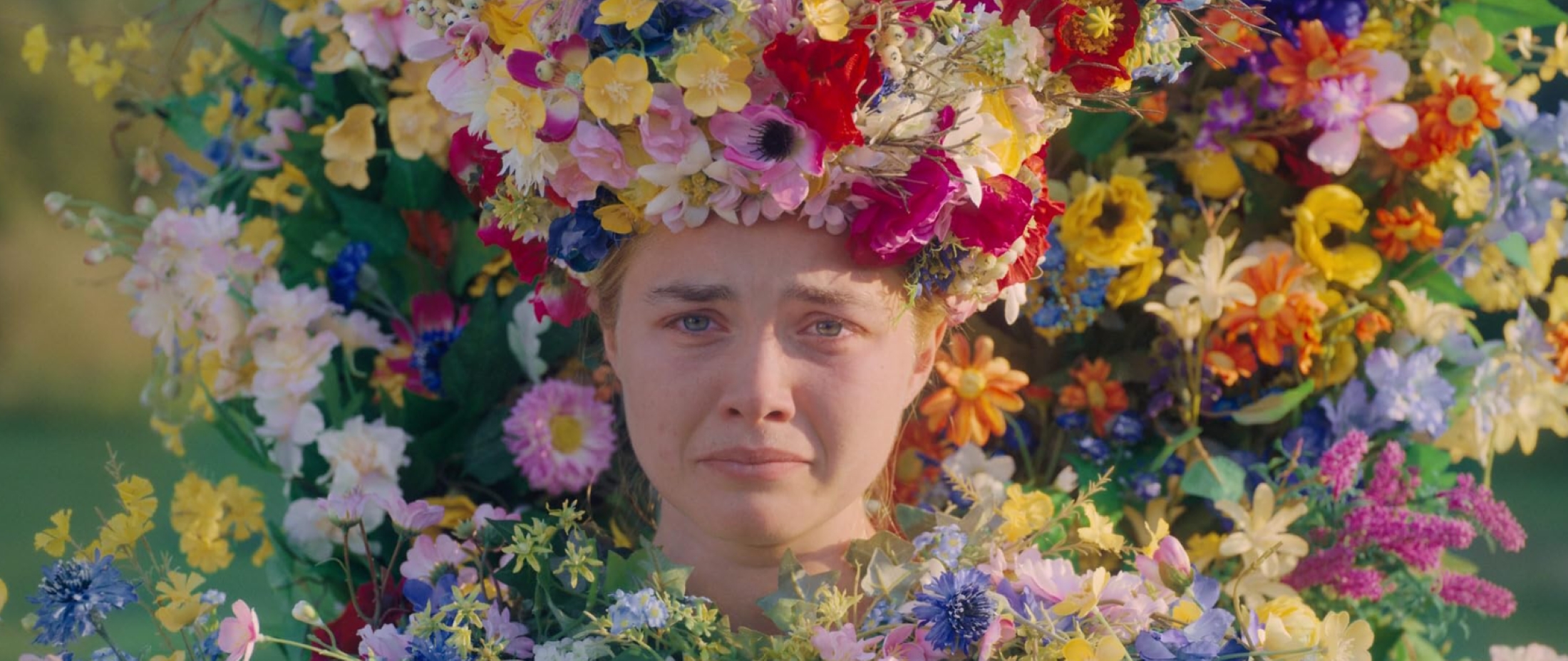
Must-watch folk horror films
If you're not exactly thrilled by classic jump-scares, supernatural monsters, and spooky adventures, there's a subgenre of horror that might just pique your interest. The kind that draws on our deep cultural roots, stems from our history, and is still intimidating on a whole other level: folk horror films.
You might be wondering what makes folk horror different from conventional horror. Even though we have all seen our fair share of scary films, folk horror films are usually different from conventional horror stories because of the plot, and the narrative themes. Typically, folk horror takes us to isolated, unsettling places where the story is shaped by ancient customs and superstitions.
Folk horror, in contrast to classic horror, attempts to question our perceptions of the past, our ties to our ancestral origins, and the thin line dividing civilization from the primal darkness that exists within us all. In short, folk horror provides a richer, more thought-provoking, and immersive experience for those looking to experience horror films beyond the clichés of the genre. Here, we’ll explore some of the best folk horror films ever made.
1. The Wicker Man, 1973
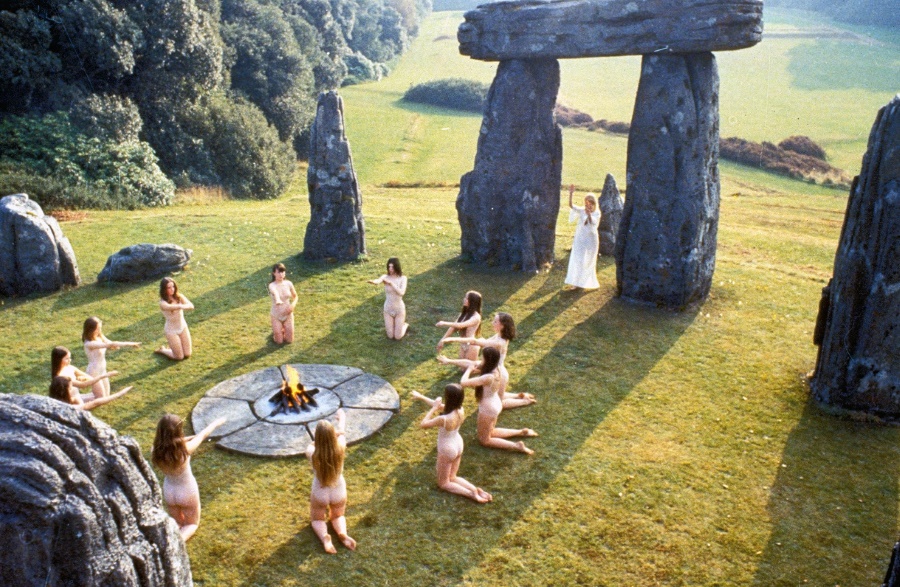 The Wicker Man, 1973 © IMDb
The Wicker Man, 1973 © IMDb'The Wicker Man' is a daunting tale directed by Robin Hardy in 1973. The film explores themes of religion, authority, and the primal aspects of human nature. Set on a remote Scottish island, the story follows the journey of Sergeant Neil Howie, played by Edward Woodward, a Christian policeman who arrives to investigate the mysterious disappearance of a young girl.
From the moment Howie sets foot on the island, a feeling of eerie disquiet permeates the atmosphere. As he encounters the peculiar residents and their pagan rituals, the contrast between his Christian beliefs and the islanders' ancient practices becomes starkly apparent. The film brilliantly blends elements of ancient Celtic traditions, fertility rituals, and folk customs, all while maintaining an ever-increasing sense of foreboding.
What makes ‘The Wicker Man’ exceptional is not just the spine-chilling suspense or the ominous backdrop; it's the way it skillfully delves into the clash between modern rationality and primordial beliefs. Howie's steadfast, unwavering faith serves as a direct counterpoint to the islanders' unshakeable devotion to their pagan rites. This stark ideological clash drives the tension and fuels the escalating horror as the film hurtles towards its shocking and unforgettable climax, culminating in the construction of the titular wicker man—a massive effigy used in a chilling ritual.
2. Midsommar, 2019
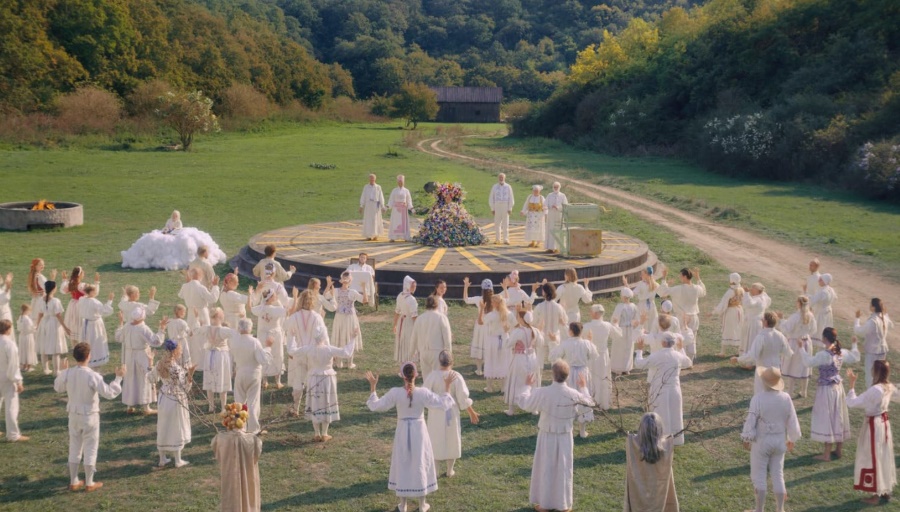 Midsommar, 2019 © IMDb
Midsommar, 2019 © IMDbFolk horror stories are deeply rooted in our connection with nature and primal instincts. Perhaps one of the best depictions of this connection was created by Ari Aster in his renowned ‘Midsommar’. The film follows a group of friends who partake in the community's midsummer festival in a picturesque Swedish commune. Aster’s film captures a serene yet haunting landscape, exploring themes of grief, relationships, and the human psyche. The unsettling customs and ceremonies of the commune gradually unfurl, intensifying a sense of dread. The narrative cleverly blends the beauty of the surroundings with an undercurrent of disturbing rituals, creating an escalating tension that climaxes in a visually striking and disturbingly surreal finale.
3. The Witch, 2015
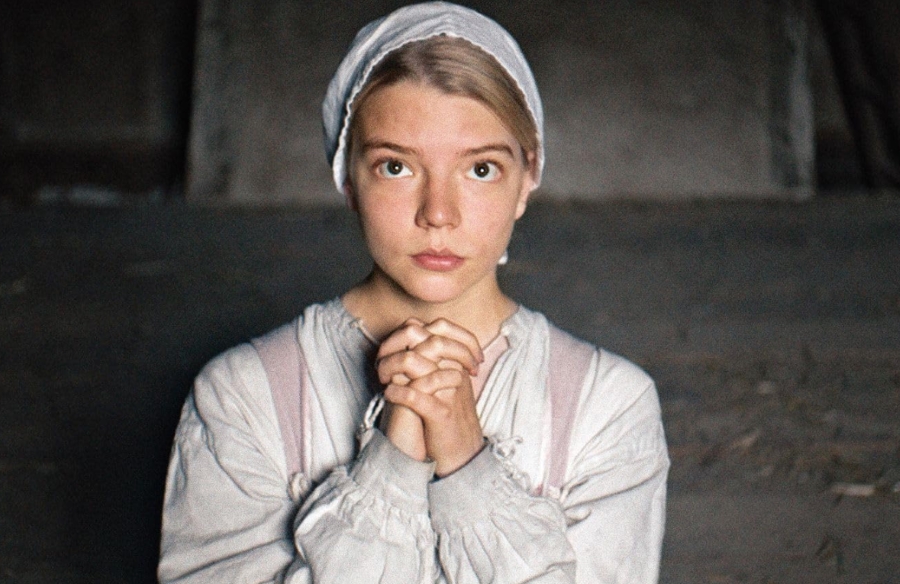 The Witch, 2015 © IMDb
The Witch, 2015 © IMDb'The Witch' is another powerful piece of folk horror crafted by Robert Eggers. As the story unfolds, it uncovers the harrowing aftermath of a Puritan family's exile from their New England community and their struggle for survival in the wilderness. A core theme centers on the family's breakdown, driven by their fears, religious paranoia, and the ominous presence of an unknown evil. Eggers masterfully weaves suspense, ambiguity, and tension, creating an unsettling atmosphere that keeps viewers on edge, questioning whether the supernatural elements are genuine or merely products of the characters' religious fervor. Through its cinematography, haunting musical score, and compelling performances, the film intensifies the pervasive sense of unease, digging into the deepest human superstitions while examining themes of faith, sin, and the nature of evil.
4. Viy, 1967
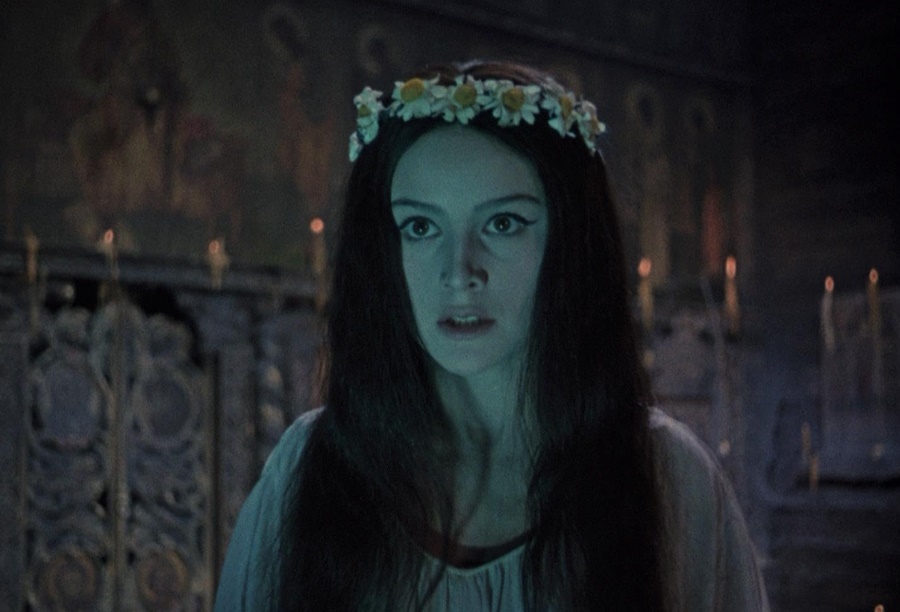 Viy, 1967 © IMDb
Viy, 1967 © IMDb‘Viy’, directed by Konstantin Yershov and Georgi Kropachyov in 1967, holds immense cultural significance and is steeped in the rich folk elements of Ukrainian culture. The film is based on Nikolai Gogol's classic short story of the same name, drawing from Slavic folklore and traditional beliefs. It is considered a cornerstone of Ukrainian cinematic heritage and a masterpiece in both horror and fantasy genres.
‘Viy’ puts together a range of Ukrainian folk tales, superstitions, and cultural motifs, providing audiences with a glimpse into the traditional beliefs and mythical creatures deeply ingrained in Ukrainian folklore. The film explores the mystical world of witchcraft, demons, and ancient legends, capturing the essence of Slavic mythology and superstitions. Its narrative incorporates elements of Orthodox Christianity alongside pagan traditions. Cultural elements such as the depiction of rural life, the presence of supernatural creatures, and the rituals and superstitions prevalent in the narrative contribute to its authentic representation of Ukrainian folklore. The movie's use of traditional folk music, and folklore-inspired visuals immerse viewers in the rich heritage of Ukrainian culture and its traditional beliefs.
5. Lamb, 2021
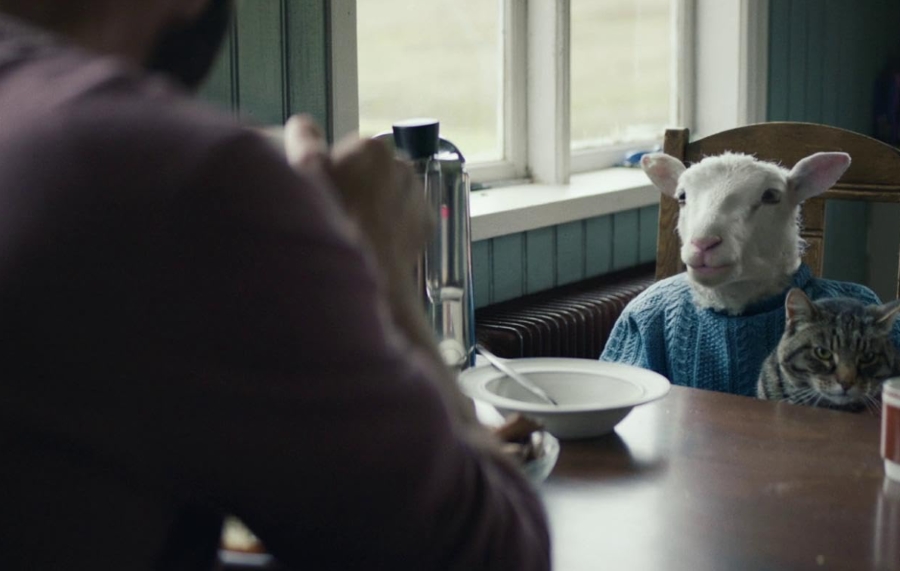 Lamb, 2021 © IMDb
Lamb, 2021 © IMDbDirected by Valdimar Jóhannsson, 'Lamb' is an A24 production which seamlessly fuses the tranquil Icelandic countryside with an eerie, disconcerting atmosphere. 'Lamb' delves deep into the primal link between humanity and nature, drawing on age-old folklore and superstitions deeply ingrained in Icelandic culture. Beyond being a mere horror story, it serves as a profound exploration of our intricate connection with the natural world. The film takes us into the enigmatic facets of rural life where the supernatural and the everyday coexist, weaving these cultural and historical elements into a visually striking and emotionally resonant narrative, setting it apart as a standout in the folk horror genre.
6. The Blood on Satan's Claw, 1971
 The Blood on Satan's Claw, 1971 © IMDb
The Blood on Satan's Claw, 1971 © IMDbSet in rural England in the 17th century, ‘The Blood on Satan's Claw’ is a chilling folk horror film, which centers on a small, tight-knit village. The plot takes a gruesome turn once the local girl discovers a deformed skull while plowing a field. The discovery triggers a series of gruesome, supernatural events, and the local children become possessed by an evil entity, leading to a reign of terror in the village. As the dark events intensify, a judge, played by Patrick Wymark, is ordered to examine the strange occurrences and put a halt to the rising evil. As the judge encounters a developing web of horror rooted in the past, the film dives into topics of superstition, religious hysteria, and the battle between tradition and modernity. ‘The Blood on Satan's Claw’ depicts the nature of the collective hysteria and is a must-watch classic of the genre.
7. La Llorona, 2019
 La Llorona, 2019 © IMDb
La Llorona, 2019 © IMDb'La Llorona', directed by Jayro Bustamante in 2019, stands out as a must-watch in the folk horror genre for its unique take on the traditional Latin American folklore. The film revolves around the story of a Guatemalan dictator, who is haunted by the spirits of those he oppressed, particularly the ghostly figure of La Llorona, a weeping woman seeking justice for her murdered children. What makes this film exceptional is its intertwining of historical and supernatural elements within a deeply rooted cultural context. Bustamante's narrative not only reflects the atrocities of a violent past but also exposes the societal wounds and lingering traumas of a nation. ‘La Llorona’ stands as an essential watch for its haunting storytelling, blending of horror with political commentary, and its ability to spotlight the dark chapters of history through a chilling and thought-provoking lens within the realm of folk horror.
Exploring the depths of human nature, these films urge us to confront our collective fears and unearth unsettling mysteries. Folk horror films possess an enigmatic essence intertwined and continue to captivate and intrigue audiences.
To delve deeper in the world of cinema as an Art de Vivre subscriber, explore the birth of cinema and its silent beginnings.
Credits for the Main photo: © IMDb
